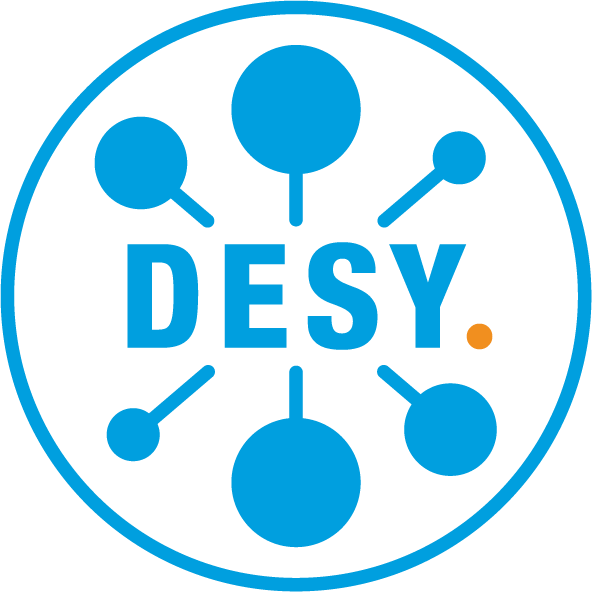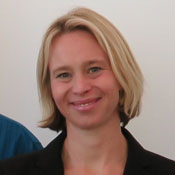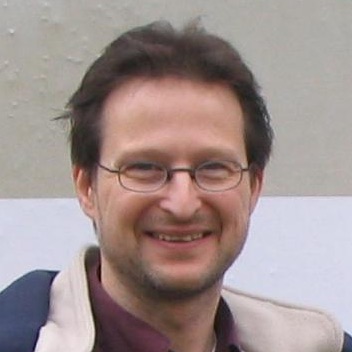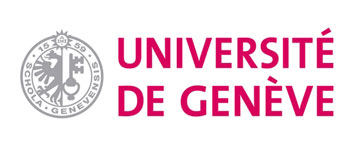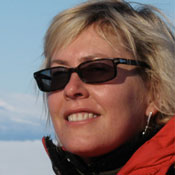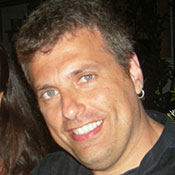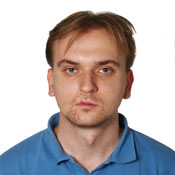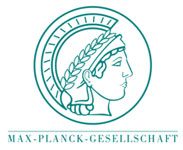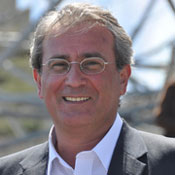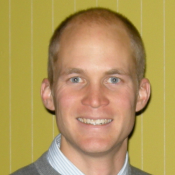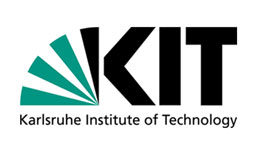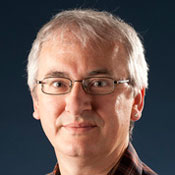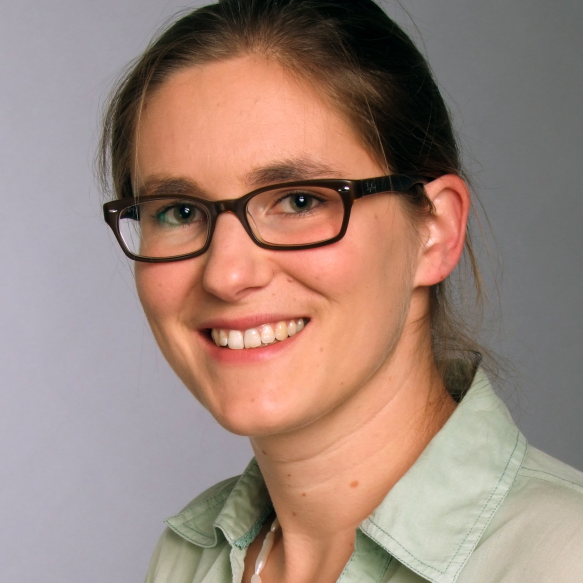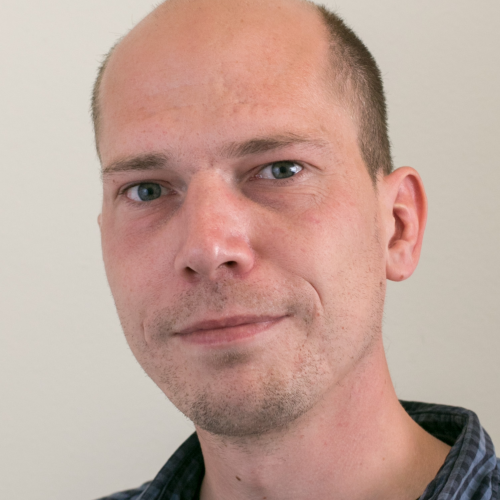About
The project consortium consists of the partners Deutsches Elektronen Synchrotron, the Université de Genève, the Max-Planck-Gesellschaft in Munich and the Karlsruher Institut für Technologie.
These four partners carry out all activities defined in the SENSE work programme, coordinate the R&D activities of the academic research groups and industry partners and are responsible for the implementation of the low light-level R&D roadmap.
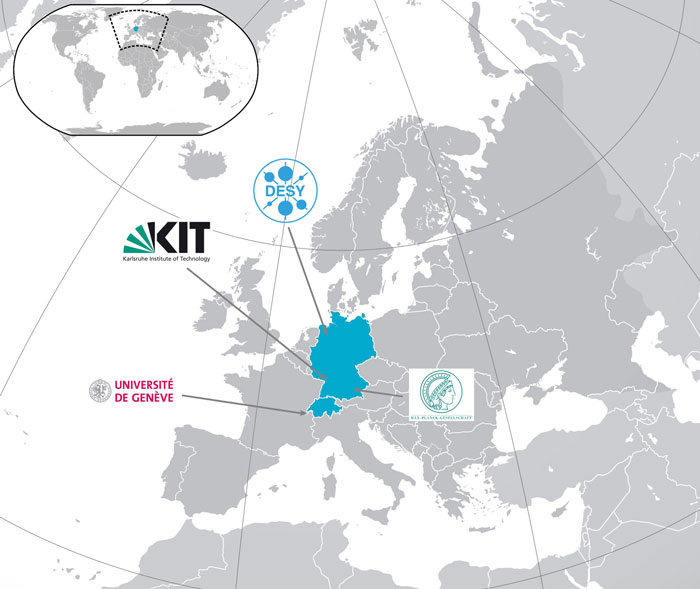
Objectives
-
to set up an expert group and facilitate the development of a European R&D roadmap towards the ultimate low light-level (LLL) sensors,
-
to monitor and evaluate the progress of the developments with respect to the roadmap,
-
to coordinate the R&D efforts of research groups and industry in advancing LLL sensors,
-
to develop a database of light sensor specifications and lab equipment, test stands and expertise available in the different institutions,
-
to liaise with strategically important European initiatives and research groups and companies worldwide,
-
to create the Technology Exchange Platform to enable an efficient exchange between researchers and developers being involved in SENSE,
-
to prepare training events and teaching material especially towards young researchers,
-
to frame up a technology training session that can be implemented in any existing summer school.
Achievements
-
An experts group was set up and together with these experts a European roadmap towards the ultimate LLL sensor was established.
-
The Roadmap describes the R&D activities and recommendations that the SENSE project has defined for realizing the ultimate low light-level (LLL) sensor(s).
-
Different actors from industry and science were brought together during the TechForum.
-
A link to other initiatives was established and used for mutual interaction.
-
A cooperation agreement for providing a framework for the testing and performance studies of photosensors has been elaborated which is signed by 10 Institutes.
-
The results of measurements performed in line with the Cooperation Agreement are partly published in a database.
-
Several labs included in the Cooperation Agreement are portrayed here.
-
The SENSE Detector School in 2019, which aimed to inform about the forefront developments on low light-level detectors, brought together students and experts and attracted young researchers from Europe and other countries.
-
This website, which should serve as a Technology Exchange Platform was established.
-
An education & outreach section allows to get informed on different levels and with different formats on photosensor technologies.
-
Several scientific papers and one popular article were published during the SENSE project.
Organisation
The work plan of SENSE was structured in five work packages (WP) with distinct tasks.Each partner was in charge of one or more WP.
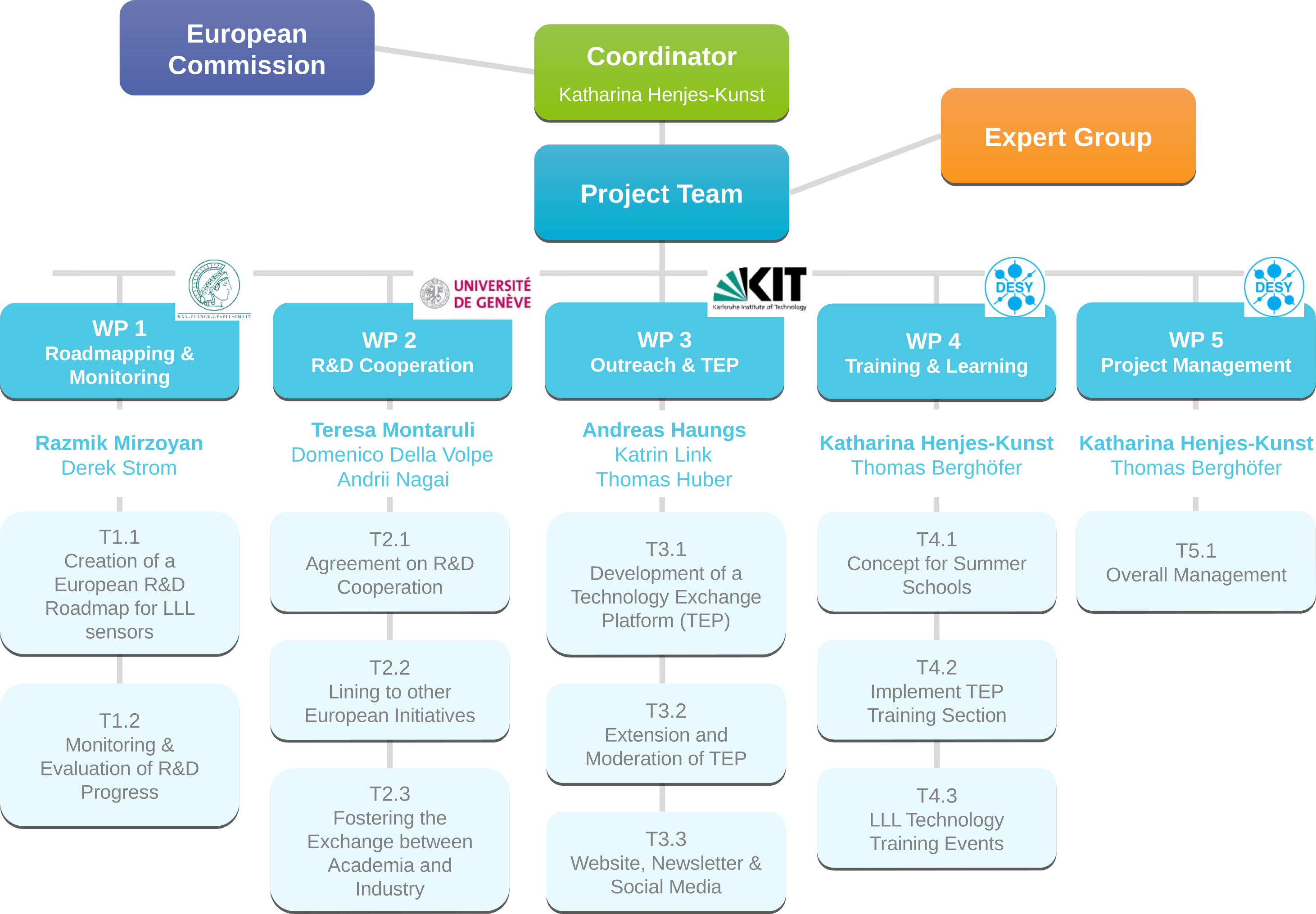
Experts Group
The Experts Group comprises first-rate developers in the field of low light-level sensors, representatives of major research projects requiring these sensors as well as company representatives active in developing and manufacturing them. They acted as an advisory panel to the project.

